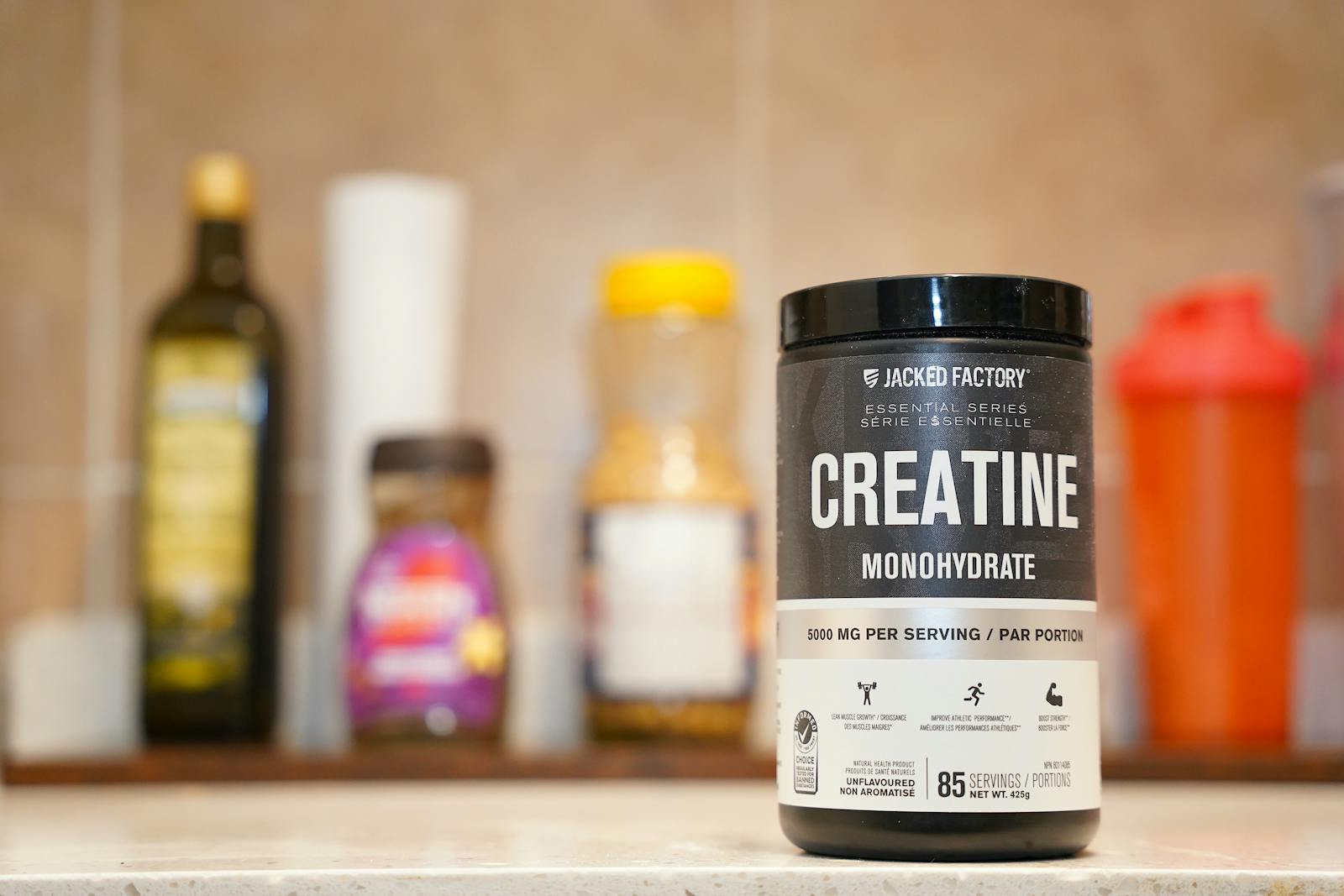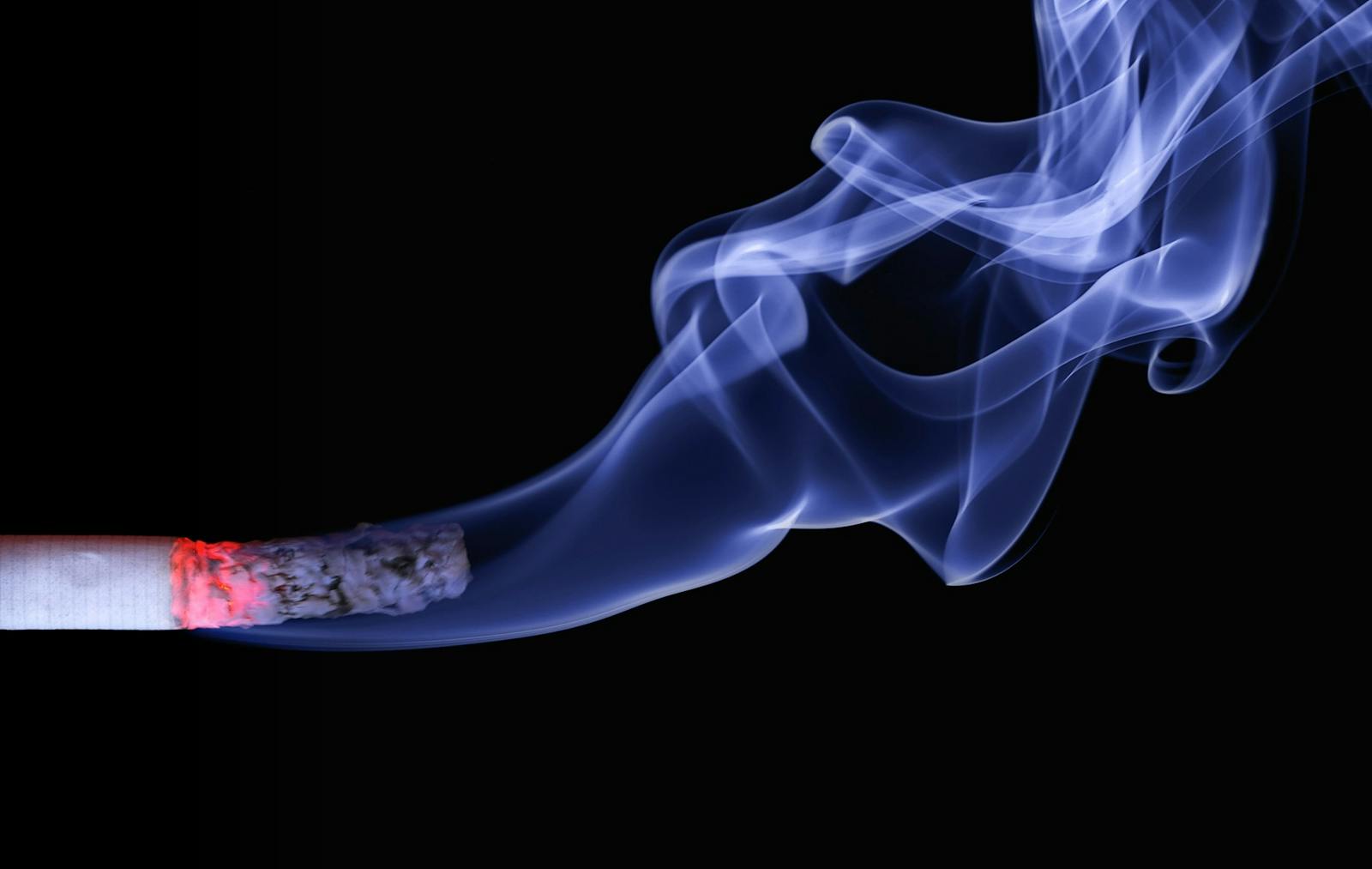Burnout was officially reframed in 2019 when the World Health Organization classified it as an occupational phenomenon and not a medical disorder. The reframing matters because it shifts responsibility outward from just individual resilience to organisational design and work systems. Burnout is a syndrome of chronic workplace stress that has not been successfully managed. It shows up as overwhelming exhaustion, mental distance from work, a sense of ineffectiveness, and reduced professional efficacy. This is not the same as a short-term stress reaction. Burnout corrodes capacity over months and years, and it is frequently the partner of other mental health problems, including depression and anxiety.
The paradox is stark. The traits that define high performers — conscientiousness, intrinsic motivation, tolerance for pressure, an identity tied to achievement, and a willingness to sacrifice short-term comfort for long-term goals — are the same traits that steer someone down the path of burnout. High performers take on more responsibility because they can and because they think they should. They hide gaps rather than expose them, they work when tired because they believe the job demands it, and they redefine “normal” levels of stress upward until their baseline becomes unsustainable. Add to that modern workplace realities such as blurred boundaries, intense productivity metrics, and uneven managerial support, and you have a setup where the people most relied upon are the ones least likely to get help early.
Under the skin, burnout is both behavioural and biological. Repeated activation of the stress response changes sleep patterns, immune function, appetite, and cardiovascular risk. Behaviourally, burnout narrows attention and tolerance for ambiguity; it makes creative work and complex problem solving harder. High performers compensate for these losses with willpower for a while, but willpower is not an infinite resource. When the compensatory strategies fail, the decline looks sudden to others while feeling inevitable to the person experiencing it. Clinical and public-health reviews show burnout often coexists with or precedes diagnosable mental health conditions, making early intervention essential rather than optional.
Recognising burnout in high performers is harder than recognising it in someone who simply looks exhausted. High performers are good at masking. Watch for a drop in cognitive sharpness that cannot be explained away by workload, increased cynicism about tasks that used to feel meaningful, or a withdrawal from relationships at work. Physical signs such as persistent insomnia, frequent headaches, or recurrent illness are also red flags. The point at which someone stops being reliably productive is often the point at which recovery will require active intervention rather than rest alone. Practical recovery combines medical assessment where appropriate with a sustained reduction of the workload that triggered the decline, a rebuild of boundaries, re-establishing restorative routines such as sleep and exercise, and psychological strategies like cognitive restructuring and behavioural activation. The Mayo Clinic and consumer mental health resources all stress that recovery takes time and a plan, not just a weekend.
If high performers are a group-level vulnerability, then organisational practices and culture are the corresponding levers for prevention. Employers that expect extreme availability, fail to match responsibilities to resources, reward always-on behaviours, or punish help-seeking will reliably concentrate burnout among their top performers. Conversely, organisations that flatten excessive workloads, make role expectations explicit, rotate intense tasks, provide access to professional support, and train managers to spot early signs will reduce both the incidence and the severity of burnout. Recent surveys and national reports show a large gap between recognition of the problem and concrete employer action, which means many organisations still rely on individual coping as the default response. That is a failing strategy. Systems must change, or the same high performers will keep failing in the same predictable ways.
There is no single magic cure. Recovery and prevention require both individual-level work and structural change. For an individual: get objective assessment when symptoms persist, reduce the demands that are driving the stress response, re-anchor identity beyond output, restore sleep and regular restorative activities, and use therapy or coaching to rebuild sustainable habits. For organisations: audit the distribution of workload, make overtime and availability explicit measures in performance reviews, build redundancy around critical roles, normalise boundary-setting, and invest in manager training and occupational health resources. These moves are pragmatic. They preserve the long-term performance of the people who carry the organisation. If you are a high performer reading this, stop seeing vulnerability as failure and start seeing it as a signal you must heed. If you are a leader, stop mistaking resilience for expendability and treat workforce design as a strategic capability.
Burnout is fixable when it is caught early and addressed with both personal and systemic changes. High performers have an outsized influence on outcomes, which makes their wellbeing a strategic priority. The paradox will persist as long as the incentives reward endless striving and the structures accept chronic overload as normal. Break the paradox by making health a metric, not a buzzword, and by building organisations where doing deep, meaningful work does not require perpetual self-exploitation. That is the long game. It pays off in sustained performance, lower attrition, and a healthier workforce.
References and further reading
- Mental Health UK. Burnout. Mental Health UK
- HelpGuide. Burnout: Symptoms, Treatment, and Coping Strategy Tips. HelpGuide.org
- World Health Organization. Burn-out an occupational phenomenon: International Classification of Diseases. 28 May 2019. World Health Organization
- Mayo Clinic. Job burnout: How to spot it and take action. Mayo Clinic
- InformedHealth.org (NCBI Bookshelf). Depression: Learn More — What is burnout? NCBI
- Mental Health Foundation. Burnout: signs, causes and ways to recover. Mental Health Foundation
- Nuffield Health. What is burnout? Signs, symptoms and coping strategies. Nuffield Health




